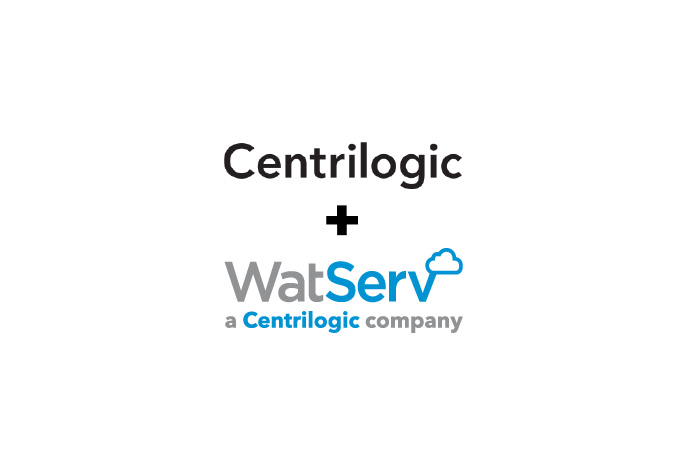Cloud Enabled the WFH Transformation, But What Comes Next?
By WatServ
September 20, 2022
When the entire world transitioned to a work-from-home (WFH) model for almost all office-based workers it affected some companies more than others. Those with a large in-office focus on infrastructure struggled to create secure pathways to access vital systems. Those that were already using the cloud found that very little needed to change – their employees were already free to work securely from almost anywhere.
Cloud infrastructure has been under the spotlight during the pandemic because companies all needed to quickly support WFH – and they needed to do so in a secure way that would not compromise the personal data of their customers.
The traditional office environment – and network – has not changed much for many years. A strong firewall around the perimeter of the office-based systems provided security and workers could only access their work applications from a desk inside the office. This has been the case for decades and network security has usually focused on the protection of data stored on premises.

When the history of Covid-19 is eventually written there will (hopefully) be a long chapter on how cloud computing enabled the almost universal transition of office-based employees into home-based workers.
But this emergency transition has led to some important observations:
- Productivity is proving to be higher at home because there are fewer interruptions
- Employees enjoy greater flexibility around their hours creating a stronger work-life balance
- Employees gain the time saved by not commuting to an office and the money saved by not having to pay for transit or gas for their car.
So, cloud computing is actually on the cusp of enabling an enormous social change.
Employees that have experienced their own productivity increasing at home at the same time as saving on travel costs are not surprisingly unwilling to return to a Monday-to Friday shift in the office. Many company leaders are now exploring how to offer a permanent WFH option or at least a hybrid arrangement that allows workers to blend work from the office or home.
Getting this right requires a review of the transformation that has already taken place. Your cloud may have survived Covid, but if you had never initially intended to offer all employees a hybrid work option then your security will need to be reviewed.
There are three immediate steps all corporate leaders need to consider for their cloud infrastructure as we exit the pandemic:
- Security: your business environment now has thousands of access points. You need a complete review of how to secure this very different environment and to accept that there will never be a return to the pre-Covid world of almost all employees in the office at the same time. Even if you implemented a remote work strategy at the beginning of the pandemic, chances are it is outdated and needs strengthening.
- Flexibility: workers are likely to want to dip in and out of their work systems and to connect from the office or the home in exactly the same way. They are unlikely to work as before – a fixed 8-hour shift at a desk. The system needs to embrace and enable this more flexible environment.
- Collaboration: the traditional social life of the office needs to be replicated online so in addition to just enabling cloud-based business tools it is likely that you need to also consider virtual meeting places and environments for socialization – your team needs to stay connected as a team, even virtually.
WFH was certainly possible before the pandemic, but the last few years have highlighted many of the advantages of flexible work to skeptical executives. Now it has become a normal part of working life for most companies so the approach to networks and security must take on board all these changes in employee behavior and the need to make security function in a massively distributed work environment.
You need to help employees stay connected and productive in a distributed world, while keeping your business safe from cyberthreats and data loss.
WatServ helps companies design and implement cloud-based IT strategies and environments that support secure and productive work. Contact our team today to learn which solution is right for your business.
About
WatServ is an IT solutions provider that helps organizations digitally transform through cloud technologies and managed services.
Serving clients as a trusted advisor since 2006, WatServ provides experience-tested, strategic solutions across all stages of the digital transformation journey. Clients choose WatServ to migrate infrastructure and applications to the cloud, secure critical data, implement disaster recovery, deploy virtual desktop, enable data-readiness for productivity solutions and manage IT environments.
Our clients span a broad range of industries, and we’re a global supplier of IT services for many Brookfield Portfolio Companies. To help our mid-size clients, we provide scalable offerings that simplify cloud adoption and drive business optimization. For enterprise clients, we co-create cloud solutions that enable stability and efficiency for complex IT tools and processes.
With more than 15 years of experience, WatServ has a track record of delivering quantifiable business results and a superior client experience. Ranked as one of Canada’s Top 100 Solution Providers for the last three years in a row, WatServ is always on.

